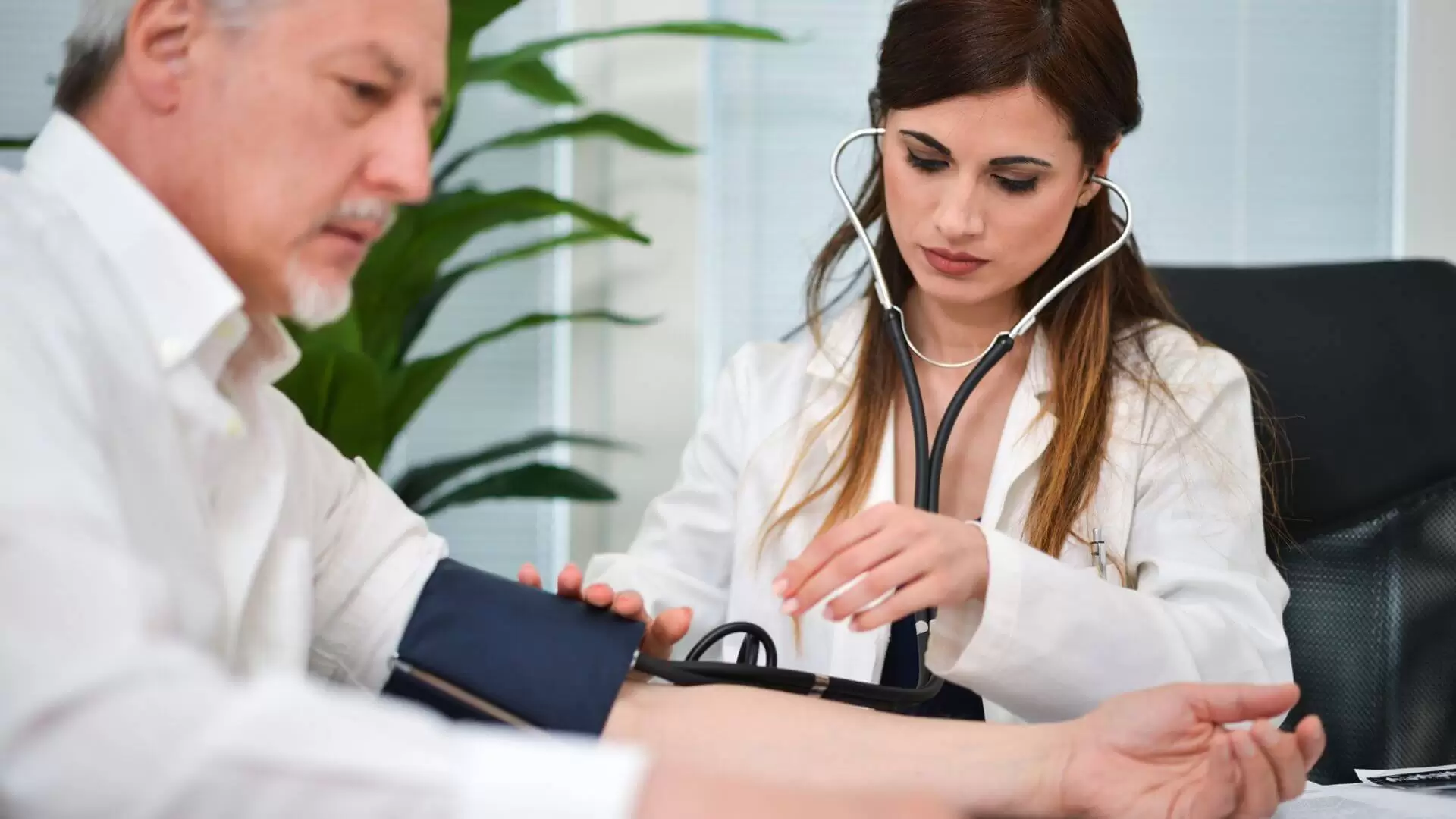It turns out that every third of Ukrainian suffers from drops in blood pressure, especially in winter. Both hypertensives and hypotensives are equally sensitive to cooling and magnetic storms.
The expert of the Useful Program project on the Inter channel, cardiologist Inna Kovaleva, told how high and low blood pressure is dangerous for health, how to measure it correctly, and also how to normalize blood pressure with a healthy diet and avoid serious complications.
Which is worse – increased or decreased pressure?
If we talk about the risks of cardiovascular complications, then the high blood pressure is worse. It is believed that low pressure is a variant of the norm. If there are no complaints and a person leads a normal life, is not limited in anything, low pressure should be called normal. There is no reason or evidence that it is harmful. This condition does not require any treatment. But if it is one of the manifestations of the disease, then both high blood pressure and low blood pressure can cause serious harm. So, a mandatory correction of its level is needed.
How to choose an electronic blood pressure monitor?
For home blood pressure measurements, an electronic sphygmomanometer is more suitable. You need to choose a tonometer in which the cuff is worn on the upper arm. The pulse wave, especially in the elderly, comes with rhythm disturbances, it does not reach the periphery in the same way, so blood pressure monitors that are worn on the wrist will distort the readings. Pressure should be measured without clothes on the arm. The inflatable part of the cuff must cover at least 75% of the circumference of the upper arm.
To get accurate results, it is important to follow the basic rules.
For home blood pressure measurements, an electronic sphygmomanometer is more suitable. You need to choose a tonometer in which the cuff is worn on the upper arm. The pulse wave, especially in the elderly, comes with rhythm disturbances, it does not reach the periphery in the same way, so blood pressure monitors that are worn on the wrist will distort the readings. Pressure should be measured without clothes on the arm. The inflatable part of the cuff must cover at least 75% of the circumference of the upper arm.
To get accurate results, it is important to follow the basic rules:
- The pressure should be measured at rest. To do this, half an hour before the measurement, exclude any physical activity and irritating factors.
- Sit so that all the muscles are relaxed: neck, shoulders, back, arms. The back should be flat, have support, shoulders at the same level so that they are not skewed. The cuffed arm must be firmly supported over the entire surface of the forearm. The legs are straight, do not cross them so as not to squeeze large vessels
- Put the cuff on your arm and tighten it tightly, but not tight. The cuff should be located at the level of the heart, the lower edge should be 2-3 cm above the elbow bend of the arm. Do not wear the cuff on tight clothing, and do not roll up the sleeve
- Press the “start” button of the tonometer and wait for the device to take a measurement. During this time, you can not move or speak.
- Repeated measurements are taken at intervals of at least 2 minutes to restore blood flow in the vessels.
How to eat right to control blood pressure?
There are many medications available to keep blood pressure under control. However, how a person eats is no less important: in order for the treatment to give the maximum effect, one cannot do without dietary correction.
American scientists have developed the DASH diet to combat hypertension. Based on the studies, it turned out that providing the body with potassium, magnesium, and calcium contributes to lowering blood pressure.
In addition, it is necessary to exclude excessive salt intake, most of which comes from processed foods. Therefore, you should avoid foods with a lot of salt and sugar, hydrogenated and saturated fats – chips, sausages, french fries, and fried foods in general.
To sustainably lower blood pressure, you should eat a whole, plant-based diet—eat unprocessed foods without preservatives or additives. You should eat more fruits and vegetables, whole grains, and legumes, as well as reduce the consumption of meat, sausages, smoked meats, cheese, and bread.
As for coffee, in most cases, this drink increases the pressure on a person. However, gradually this process becomes less noticeable because the body gets used to caffeine and is less susceptible to its effects. In general, the reaction of the body is individual. The main thing is not to abuse and not drink more than 3 cups a day, and then there will be no noticeable effect on pressure.
Be active!
According to the expert, in the presence of arterial hypertension, it is clearly not enough just to use products to lower pressure. Regular physical activity in our lives solves a lot – at least 30 minutes a day, walking at a fast pace. To normalize the pressure, we try to eat right, do not overeat, and move more.

